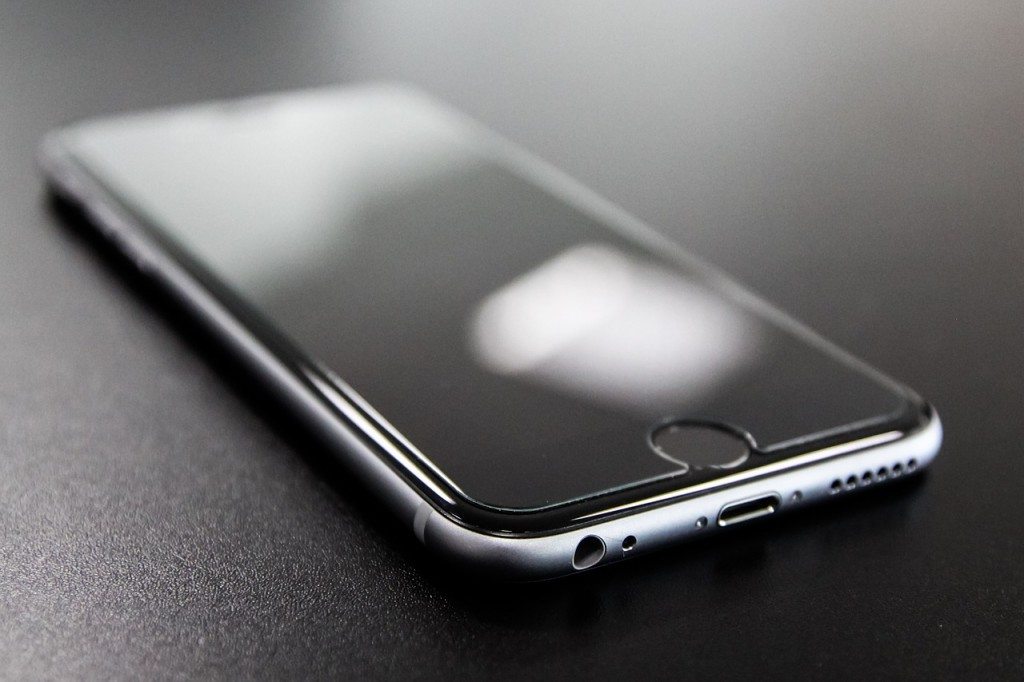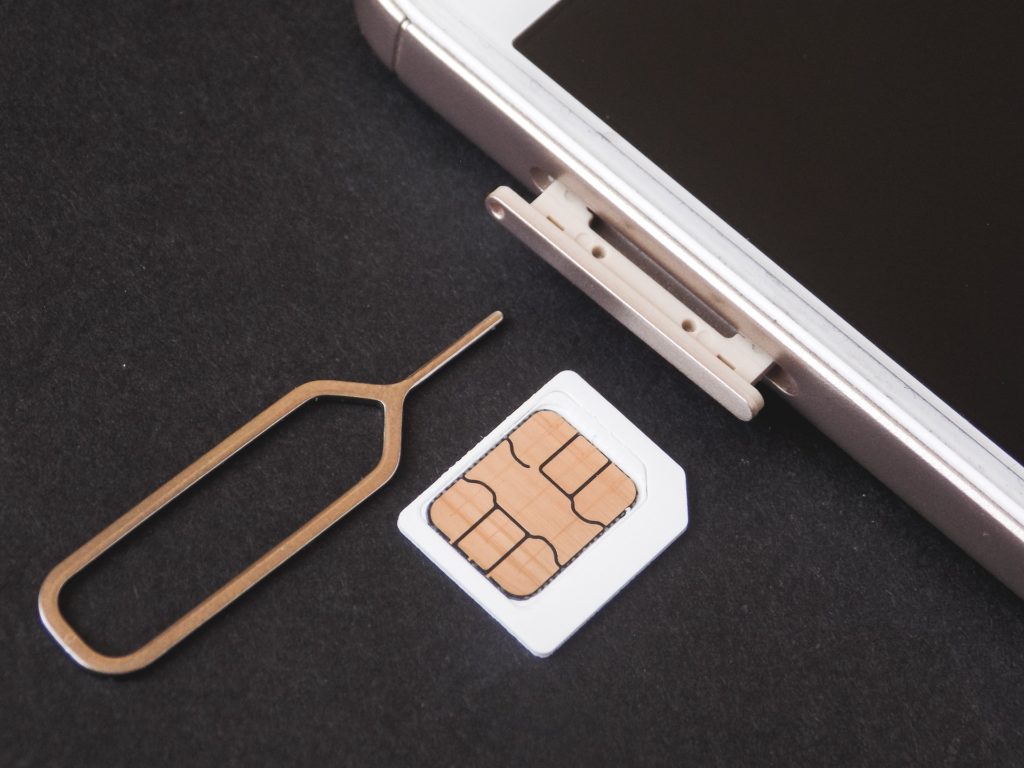One of the most interesting battles we are seeing this decade is between sapphire and Ion-X Glass like Gorilla Glass. Sapphire certainly sounds cooler, it absolutely sounds richer, and certainly has proven to be more expensive but it hasn’t proven to be better at all. Generally favored by high-end watchmakers with the exception of a few fringe smartphones it hasn’t been popular with cell phone makers or tablet makers and even Apple, which had planned to put it on a phone, had massive issues.
So let’s talk about why glass is better than a jewel in consumer devices.
Clarity
Several decades ago I was told of a meeting between my then VP of Sales—the firm’s CFO—and the sitting CEO. They were killing time likely waiting for the head of manufacturing who was always chronically late and they noticed that every one of them was wearing a Rolex—all apparently either solid gold or gold and stainless steel mixed. After some deep consideration, and likely a little beer which was still allowed in meetings back then, the CEO and CFO commented that they thought the VP of Sales had the best looking Rolex. The face was clearer, the view of the beautiful watch face better, and the watch just sparkled.
The VP of Sales smiled and explained that his watch wasn’t a real Rolex but a Chinese knock-off. What made it look better was that instead of a thick mineral crystal watch face it had a relatively thin glass face rather than paying $10,000 to $15,000 for the watch he’d paid under $20 and tended to buy 10 watches when he went to China replacing them if they broke or got scratched. So his watch also looked better because it was newer.
The Apple watch comes with and without the Sapphire crystal face, the most affordable Apple watch has Ion-X glass and it is actually far easier to read. With regard to clarity you pay more to get less of it so not only is the lower cost Apple watch a better value, it is potentially better looking as well thanks to Ion-X glass.
Manufacturing
It is far easier to manufacture glass than it is to grow crystals. This was made incredibly clear during the iPhone 6 sapphire scandal. Growing large, high-quality sapphire crystal displays isn’t easy and the yields sucked apparently, pushing costs well outside of anything Apple, or iPhone 6 buyers were willing to pay. As a result the company that was supposed to be supplying Apple with the new phones faces, GT Advanced Technologies, failed catastrophically and Apple continues to use Ion-X glass instead.
Now, to be fair, Apple is famous for cutting deals that generate less revenue than it costs to actually make what they buy but in this case the capability didn’t appear to be anywhere close to what was needed. It always seemed nearly impossible to build a jewel based technology for anywhere near what it takes to manufacture glass suggesting the whole thing may have been a scam in the first place with Apple the potential victim.
Sturdiness
The one sustained advantage to sapphire is that it resists scratching better which remains true, it is harder than Ion-X glass but the disadvantage also remains true—it is far more brittle. With phones getting both larger and less rigid because thin is still in this often makes the screen the most rigid part of the phone and if it can’t flex it will most certainly break. The extra rigidity of sapphire trades scratch resistance off for break resistance and coupled with the increased cost of the replacement screen arguably makes the result both more expensive to use and more likely to be made unusable by an event that Ion-X glass like Gorilla Glass would survive. In the end, for most of us, we’d likely prefer the risk of a screen scratch over the risk of a screen break because you can more easily live with the former.
Wrapping Up:
Ion-X glass remains clearer, easier to manufacture inexpensively at scale, and more robust in the area you want it to be robust (avoiding breakage). This is why it remains the most common choice for current and next generation tablets and smartphones, and Corning, and others are working on improving its scratch resistance as well. When it comes to battles Ion-X glass is so much better than sapphire for consumer electronics that it really hasn’t been much of a fight.
- Intel’s Identity Crisis: In Search of a CEO Who Can Make the Elephant Dance - August 15, 2025
- Lenovo’s AI Edge: How ‘Eating your Own Dog Food’ Creates a Competitive Advantage - August 8, 2025
- Threadripper PRO 9000: The Professional’s Unfair Advantage - August 7, 2025




Comments are closed.